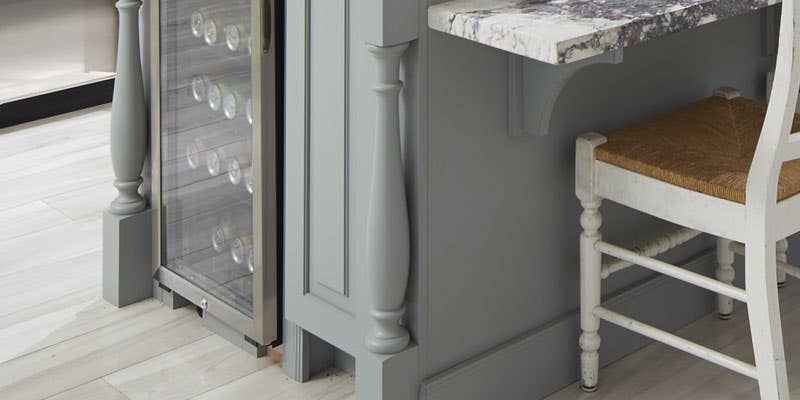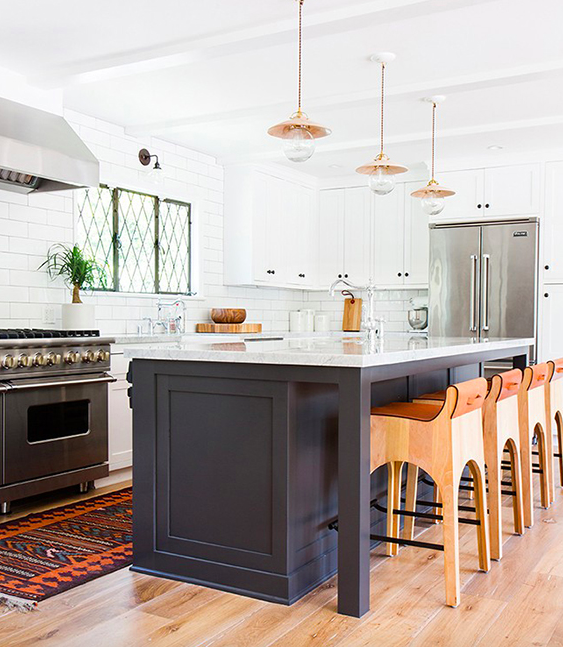Include Stability and Charm with Tough Legs For Kitchen Island Installations
Include Stability and Charm with Tough Legs For Kitchen Island Installations
Blog Article
A Guide to Selecting the Perfect Legs For Kitchen Island for Your Home
Choosing the suitable legs for your cooking area island is a nuanced choice that affects both the performance and aesthetic allure of this central space. Factors such as elevation, materials, and design play an essential function in harmonizing your island with the general kitchen style. Furthermore, recognizing the relevance of security and maintenance can dramatically influence your choice. As you think about these elements, it ends up being noticeable that the ideal legs can transform not only the look of your kitchen area however additionally its use for many years to find. What specific functions should you focus on in this selection procedure?

Recognizing Cooking Area Island Legs
When selecting legs for a kitchen area island, it's vital to comprehend their useful and visual roles in the total layout. The legs function as an essential support group, making sure stability and durability for the island, which commonly works as a workspace, eating area, or collecting spot. As a result, the choice of material and construction method need to be durable adequate to stand up to everyday use and prospective wear.
Along with their architectural duties, legs add considerably to the island's visual charm. They can improve the kitchen area's design, whether with typical, contemporary, or diverse designs. The height and percentage of the legs are additionally vital factors to consider; they should harmonize with the island's kitchen counter height while making sure comfortable seating for those using the room.
In addition, the leg design can affect the general circulation of the cooking area. Open, airy leg styles can create a feeling of lightness, while strong, substantial legs may share an extra based and secure aesthetic - Legs For Kitchen Island. Comprehending these aesthetic and practical aspects will certainly lead home owners in making educated choices that enhance their kitchen's style and enhance its use
Popular Styles and Materials
The option of legs for a kitchen area island encompasses a range of preferred designs and materials, each offering special characteristics that can improve both capability and visual appeals. Traditional legs commonly exhibit ornate information and workmanship, boosting classic kitchen designs.

Elevation and Stability Factors To Consider

The legs of the kitchen area island must supply adequate assistance, guaranteeing that the structure can withstand daily use without go tottering or moving. Material option plays a significant function in security; metal legs, for instance, have a tendency to offer higher toughness compared to wood.
Matching Your Kitchen Area Visual
Choosing the ideal legs for your cooking area island goes past capability; it additionally plays a substantial duty in the total visual of the area (Legs For Kitchen Island). When picking legs, take into consideration the layout style of your cooking area.
Legs that match or contrast with your island's surface area and surrounding cabinetry can develop aesthetic harmony or striking focal factors. Furthermore, consider the coating of the legs; matte, glossy, or distinctive surfaces can considerably influence the general feel of the cooking area.
Installation and Upkeep Tips
Setting up cooking area island legs needs careful focus to detail to make certain both stability and visual charm. Begin by selecting an ideal location for your island, guaranteeing it is level and has adequate space for motion. Use a stud finder Bonuses to situate wall studs if you are connecting the legs to a wall or utilizing braces for added assistance. Mark the placement of the legs accurately before drilling.
When safeguarding the legs, use top notch screws and, if required, wood adhesive for added strength. For metal legs, make sure that you are making use of appropriate anchors and tools to protect against damages to your flooring. It is a good idea to look for levelness after installation, making adjustments as required to avoid wobbling.
Maintenance is similarly crucial for durability - Legs For Kitchen Island. Consistently check the legs for any signs of wear or loosening, especially in high-traffic areas. Tidy the legs with an appropriate cleaner, staying clear of unpleasant products that might scrape the surface area. For wood legs, think about using a wood conditioner regularly to preserve their surface. By complying with these installation and maintenance tips, you can ensure that your kitchen island legs remain both functional and aesthetically appealing.
Final Thought
In final thought, selecting the proper legs for a kitchen island requires mindful consideration of elevation, stability, and visual compatibility. Eventually, thoughtful leg option plays an important duty in elevating both the usefulness and design of the kitchen area room.
When selecting legs for a kitchen area island, it's essential to comprehend their useful and visual functions in the total design. Open, ventilated leg designs can create a sense of agility, while strong, substantial legs may share a more grounded and steady visual. The legs of the kitchen island must give adequate support, making certain that the structure can endure day-to-day usage without shifting or wobbling.Setting up cooking click for more info area island legs calls for careful attention to detail to ensure both stability and aesthetic charm.In final thought, picking the ideal legs for a kitchen island necessitates careful consideration of height, stability, and visual compatibility.
Report this page